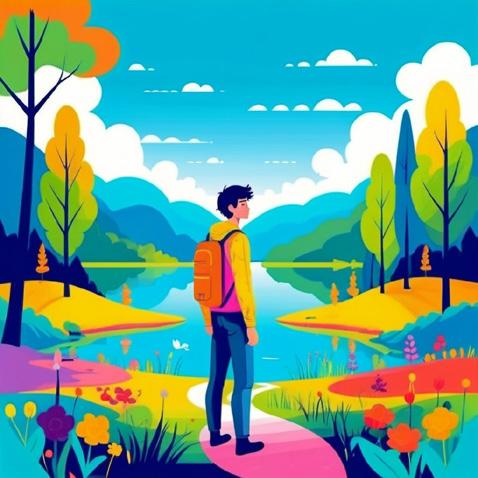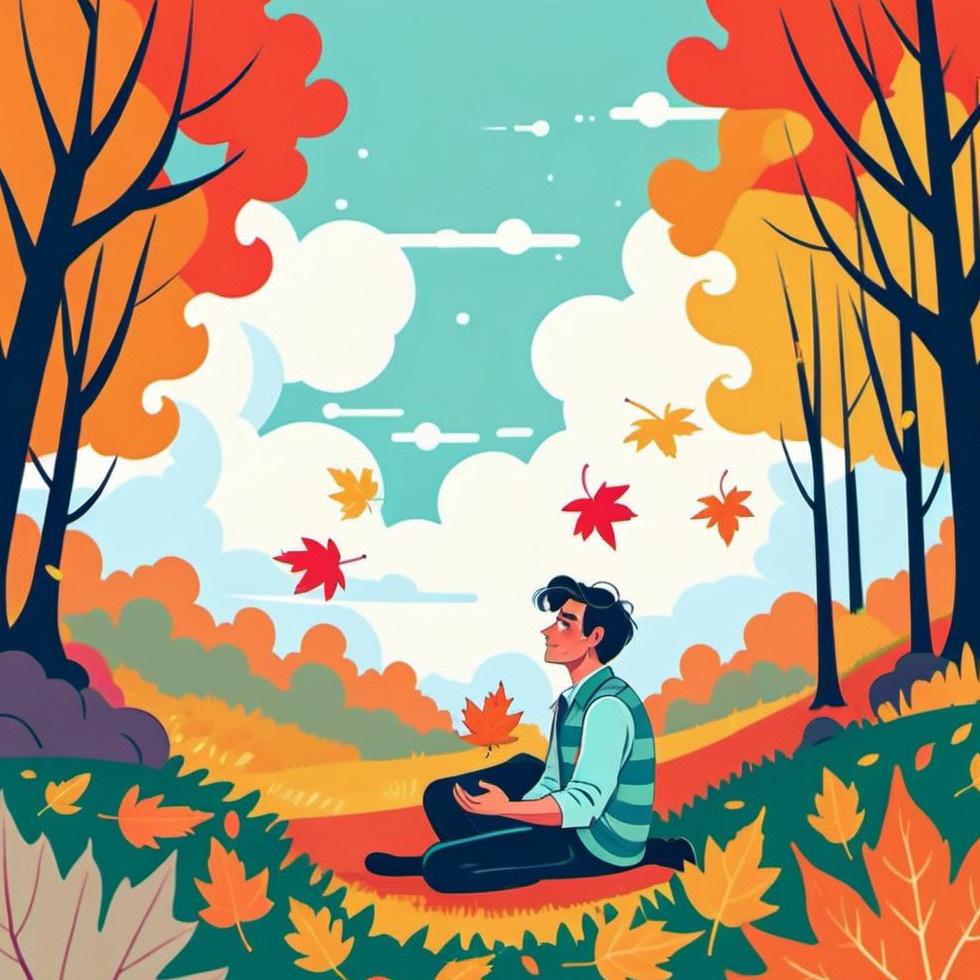

Healthy byDesign

TIME SPENT IN THE NATURAL ENVIRONMENT IS LINKED TO IMPROVED PHYSICAL & MENTAL HEALTH.

biophilic response understanding
Biophilic response is a term popularized in the 80’s by Edward O. Wilson to explain humans desire to go outside. Wilson defines biophilia as “the urge to affiliate with other forms of life.” This intuitive urge to want to interact with living systems makes outdoor spaces, organic forms and natural materials appealing to humans.

LandscapeArchitecture
in biophilic design
Landscape architecture plays a important role in biophilic design by integrating natural elements and patterns into the built environment. Through the strategic use of vegetation, water features, and natural materials, landscape architects create spaces that foster a deep connection to nature. By incorporating elements such as natural light, views of the outdoors, and natural textures, they help reduce stress, improve cognitive function, and enhance overall well-being. This approach not only benefits the individuals who interact with these spaces but also contributes to a more sustainable and resilient built environment.

Time in nature restores the body and mind rest & digest
The parasympathetic nervous system is in a relaxed state and can heal the body.

variety
A change in scenery and habit boosts creativity and can shift perspective.
through a series of chemical reactions...


outdoor play digital detox
Allows oneself to be present in their current space, slowing down time and calming down.
Having fun boosts your mood. Laughter and movement release a surge of endorphins (the happy hormone).
30 MINUTES PER DAY

DAILY DOSE
Nearby nature (e.g. outside in daylight with fresh air-gardens, neighborhood parks, fountains, urban wildlife).

MONTHLY DOSE
Restful natural areas (e.g. national parks, lakes, rivers, canyons) with minimal urban intrusion. 1 WEEKEND PER MONTH
WEEKLY DOSE

2 HOURS PER WEEK
ANNUAL/BIANNUAL DOSE
Wilderness adventure with no urban intrusion.
Bigger/wilder city, state, or regional parks and waterways with less urban intrusion. MULTI-DAY EXCURSION

GAZE DAPPLED LIGHT into the
The sensorial experience can create intrigue, spark creativity, and support relaxation.

watch change color the leaves
Stimulate the neocortex by observing seasonal change.

The neocortex is responsible for interval pattern recognition—the understanding of the durations between repeating events. When properly stimulated, this part of the brain creates new neurons. Seasonal change, understanding natural systems and engaging with nature can stimulate this part of the brain.
spend & timewith friends
trees
Social connection is key to a healthy bond and mind.

stop &
plants smell the
Aromatic volatile substances, called phytonocides or nice tree smells, produce NK cells which fight disease and infections. These smells can also help you feel more awake.

Pinosylvin in pine trees and the terpinoids of cypress trees both stimulate respiration and act as mild sedatives, relaxing us. Other studies have reported that scents like lavender and rosemary cause both drops in subjects cortical levels and increased blood velocity to the heart.
make with the ground skin contact
Grounding or “earthing” can reduce pain, stress, depression and fatigue. Take your shoes off or feel the earth with your hands.

play dirt in the
The more diverse soil profile, the more diverse the human microbiome can become when exposed to it. This supports immune system function and the production of more T-cells which fight off disease.

Soil is also good for healing. It is antiviral and the geosmin is good for your immune system.” Geosmin comes from soil organisms, particularly the streptomyces bacteria that are key to so many antibiotics. According to the Royal Society of Chemisty, we are alert to this rich smell in incredible small quantities. We can detect the equivalent of seven drops of geosmin in a swimming pool. This sensitivity likely replaces an important evolutionary adaptation because it tipped our thirsty ancestors off to sources of water.
OTHER BENEFITS OF NATURE

• Increases Endorphins
• Regulate Circadian Rhythm
• Provides Vitamin D
• Reduces Stress
• Promotes Melatonin Production
• Regulates Circadian Rhythm


move ment nature sounds
• Increases Cognitive Performance
• Reduces Stress
• Boosts Mood
• Improves Sleep
• Stimulates Metabolism
• Calms Central Nervous System
• Provides a Connection to the Environment

• Reduces Stress
• Aids in Pain Management
• Increases Longevity
• Improves Focus

CynthiaDehlavi
Director of Design, KW Landscape Architects
A Houston native, Cynthia earned her Bachelor’s of Architecture from the University of Houston and later completed her Master’s of Landscape Architecture at Harvard University. Following her academic journey, she gained international experience at an architecture firm in the Netherlands. Upon returning to the U.S., Cynthia contributed to MIT’s design/build studios before ultimately returning to her alma matter at the University of Houston, where she taught design studios and research courses.
Cynthia’s professional background encompasses a variety of project typologies, including institutional landscapes, mixed-use developments, master planning exercises, public parks, and roof gardens. She has a keen eye for aesthetics and a passion for innovative design practices. Cynthia aspires to heal our planet one landscape project at a time. Her goal is to design environments that connect people to nature, creating environmental stewards and helping communities feel their best.
